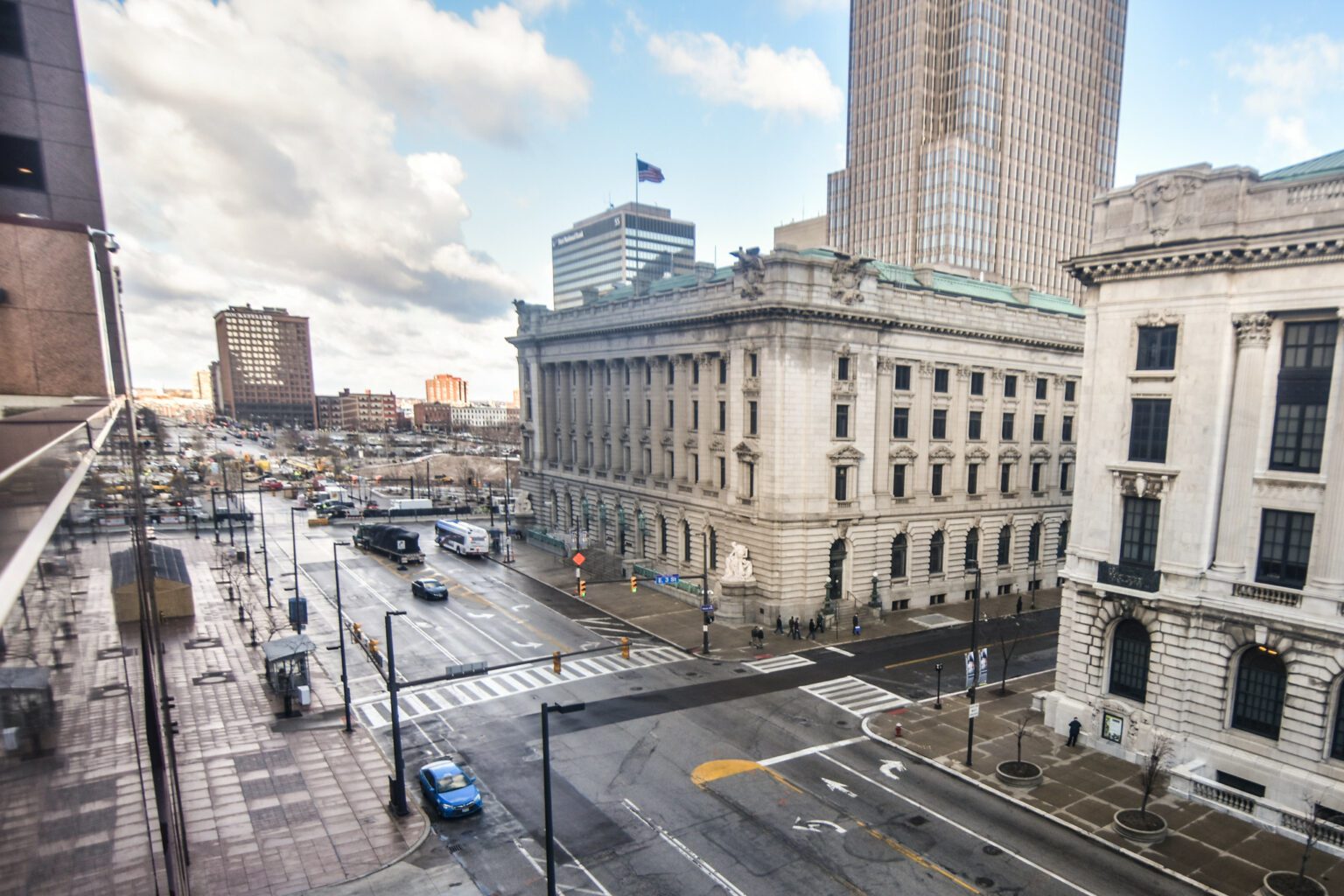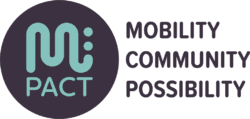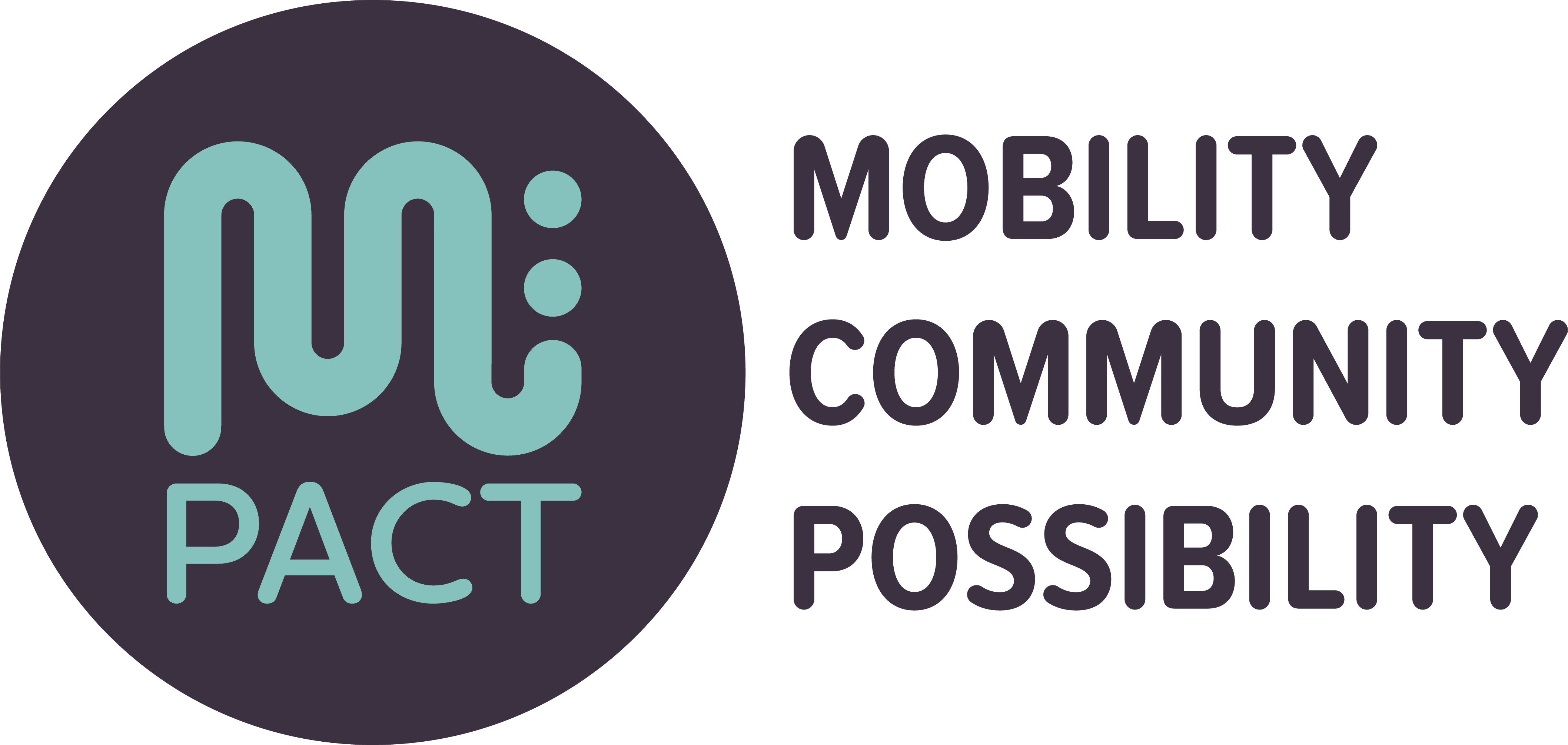MOVE Roundtable
Cleveland
Walkable, equitable, transit-oriented development is something we all say we want. Implementing these projects is often difficult, tense, and time consuming. Can implementation be easier, faster, and less tense? How can we effectively communicate our goals and actions to residents and stakeholders?
Cleveland was originally built to be a transit-oriented and walkable city, yet most of the city’s urban space has been shaped by the advent of the personal automobile. Remains of this history linger: wide, multi-lane streets, walkable and mix-used urban form; a hub and spoke transit network. Most structures in the city’s neighborhoods are “existing nonconforming,” meaning they cannot be rebuilt as they currently exist without zoning variances or discretionary review.
Population density has fallen below the point which high frequency public transit service is financially viable – GCRTA currently runs an approximately ~$30m operating deficit. Community engagement around new infill development is dominated by opposition opinions that stymie projects and make it difficult to add new housing in neighborhoods with old, hazardous housing stock and with low proximity to businesses and transit.
The Cleveland MOVE Roundtable was comprised of city, county and transit agency staff. With a draft transit-oriented development (TOD) policy underway, the Roundtable presented an opportunity to convene a cohort to grapple with real implications of implementation, community engagement, and communications. The idea was to create alignment internally in preparation for sharing the idea of equitable transit-oriented development (ETOD) to the broader community in a more unified and intentional way.



